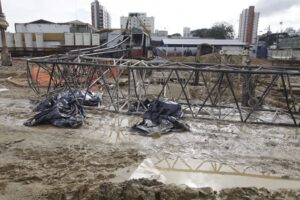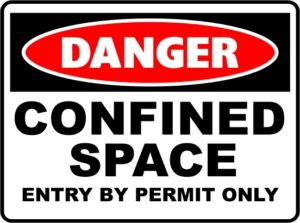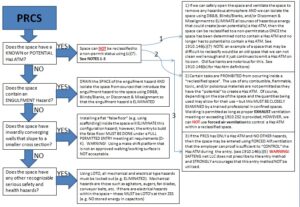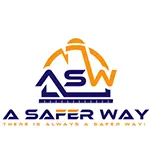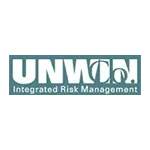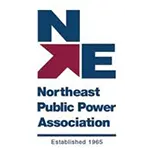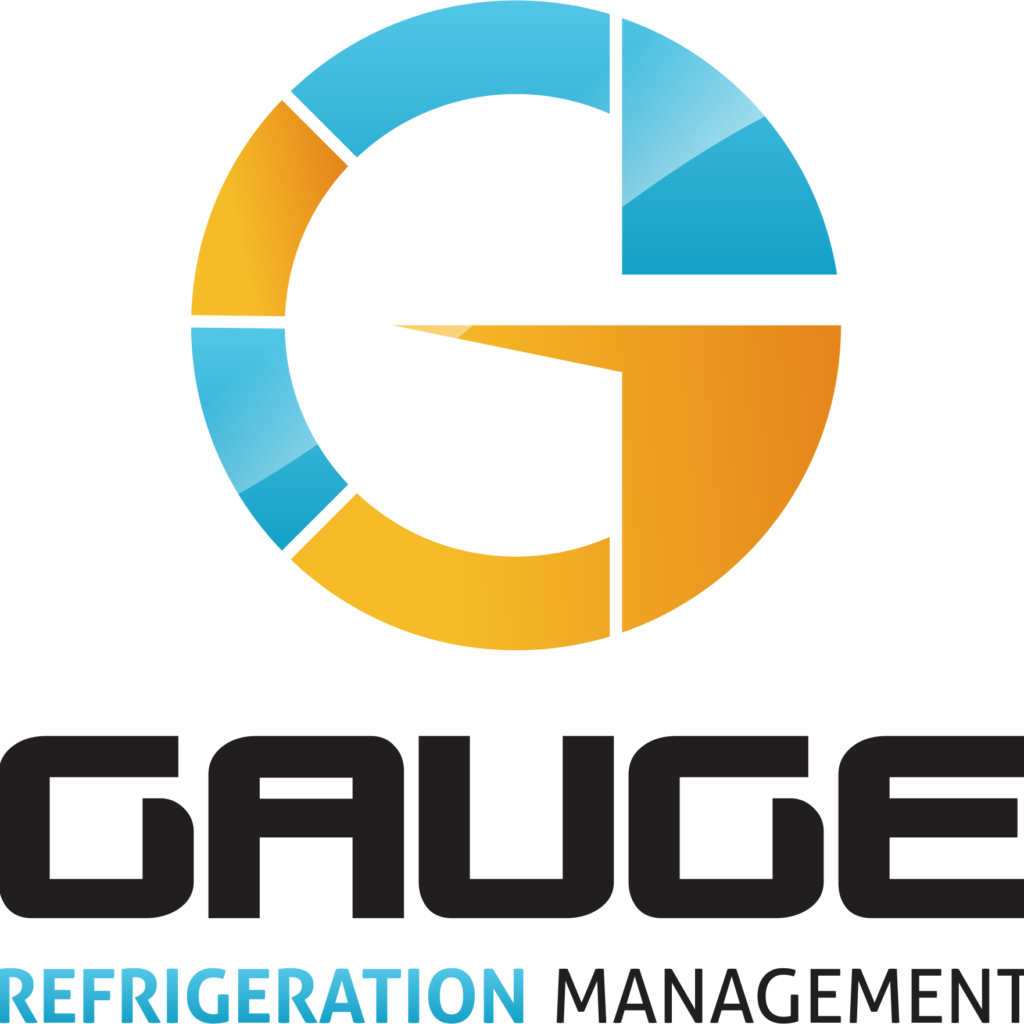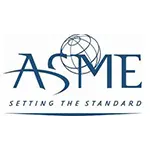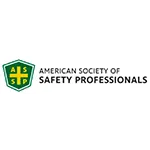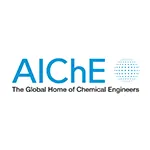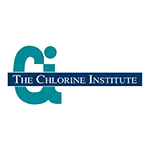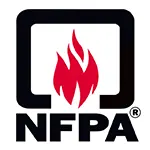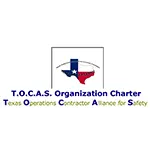CLICK HERE to Renew your Membership
CLICK HERE for a NEW Membership
CLICK HERE to see eligibility requirements for FREE Membership
If you have any questions, please contact me
We offer:
- Over 17,600 categorized unsafe acts/conditions and accident/injury photos
- Over 1,450 ppt's & doc's
- Over 3,975 technical articles on Process Safety & Occupational Safety & Health matters
- Over 450 videos
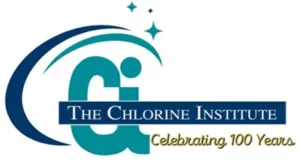
I am proud to announce that have extended our”Partners in Safety” agreement for another year (2025).
CI Members, send me an e-mail to request your FREE SAFTENG membership.





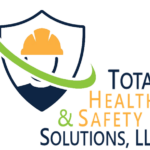








June 30, 2012
Many THANKS to John Newquist, Assistant Regional Administrator at OSHA, Region V for sharing this data with us! In fiscal year 2012, Region V leads OSHA Regions in conducting Local Emphasis Program (LEP) involving PSM and ammonia seems to be a common theme with several anhydrous ammonia releases that have been investigated. I wanted to focus on what OSHA is citing in the PSM regulations...
Read More
June 29, 2012
Statement of Jordan Barab, Deputy Assistant Secretary for Occupational Safety and Health – U.S. Department of Labor. Before the Subcommittee on Workforce Protections Committee on Education and the Workforce – U.S. House of Representatives; June 28, 2012
…
HomeRead More »
Read More
June 28, 2012
This has been translated from Portuguese so be kind! Many thanks to Nicolau Bello (longtime contributor!). Acidente mata duas pessoas em obras do Metrô de São Paulo Photo: AE / Luiz Guarnieri) / Accident happened in the bed of the future station on Line 5-Lilac Moema (Photo: Ramon Fabregat Bruna / VC in G1) Two people died in an accident in the work of a future subway station...
Read More
June 27, 2012
Here are some facts from OSHA documents (Preamble, CPL, LOIs, etc.) that I have compiled in the hopes that they may help define what OSHA means by
(1) Is large enough and so configured that an employee can bodily enter and perform assigned work; and
(2) Has limited or restricted means for entry or exit; and
(3) Is not designed for continuous employee occupancy.
…
HomeRead More »
Read More
June 27, 2012
This is something I put together for a client a few years back.
…
HomeRead More »
Read More
June 27, 2012
HHS proposes a revision to the current requirement for open-circuit self-contained breathing apparatus (OC-SCBA) remaining service-life indicators (indicators), which are devices built into a respirator to alert the user that the breathing air provided by the respirator is close to depletion. HHS intends to revise the current standard to allow greater latitude in the setting of the indicator alarm...
Read More
June 26, 2012
One of the best explanations on a very subjective topic from the National Safety Council’s Safety & Health Magazine…
…
HomeRead More »
Read More
June 26, 2012
This is a PERFECT EXAMPLE of how a “non-covered” chemical within a PSM Covered Process can impact that PSM/RMP covered process. This can happen to any type of covered process; just not in a refinery! I have personally experienced a single acid line (not covered in the PSM program) leak over another pipe in a pipe rack that was carrying a PSM/RMP covered chemical, corrode the...
Read More
June 25, 2012
Recently, I spent some time with a new (and unlisted) client who experienced a severe LOTO accident, resulting in a severe injury to an employee. I was asked to review their programs and practices related to the control of hazardous energy (e.g., LOTO). Everything looked good until we got to the “periodic inspection” requirement. As is the case most of the time, the employer...
Read More
June 25, 2012
Yep, this unsafe act has its own very name – “Ladder Hopping”. Not sure if this is an official name, but I am sure this guy is not the first to practice this. Something tells me this is not proper ladder safety protocols! However, with that said can anyone point to an OSHA violation that this worker is committing (either 1926.1053 or 1910.26). I was unable...
Read More


